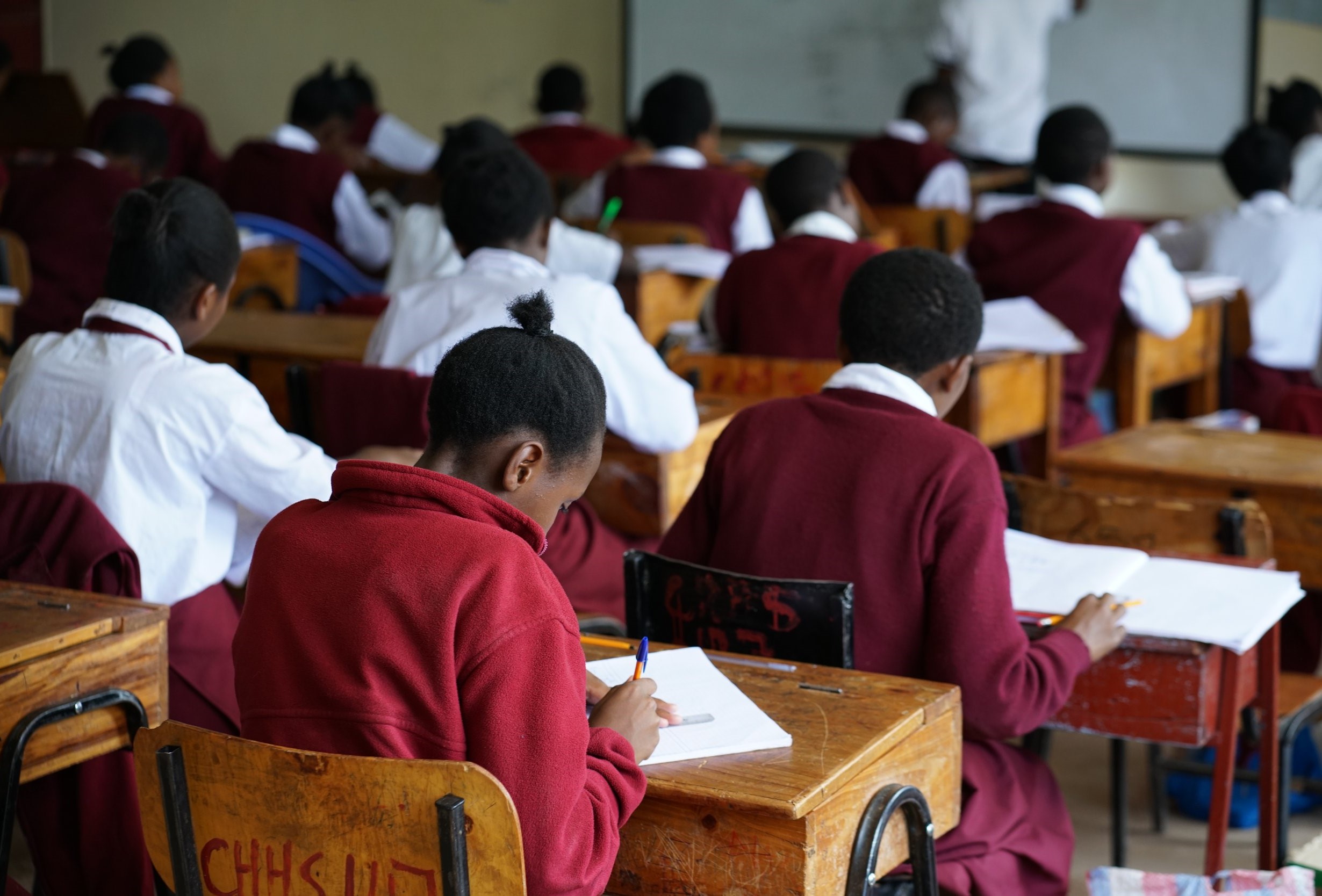By Charles Mogunde
The Kenyan Constitution stipulates that every child has a right to free and compulsory education. A child is defined as an individual who hasn’t reached the age of 18 years.
A child can be in school but not receive essential knowledge and learning that can help them face the challenges of life.
A responsive curriculum must adapt its educational activities in the school syllabus to meet the needs of the dynamic society. The desirable curriculum the government has designed is taking teachers and learners away from traditional methods of teaching.
The conservative curriculum relies on memorization and drilling of formulas and facts and doesn’t allow children to be critical thinkers, problem solvers and quality decision-makers. It also emphasizes that learning must take place only in a classroom setting where the teacher regulates the flow of knowledge and information as opposed to Competency-Based Curriculum (CBC) which was designed for ‘real-world’ skills.
Allow me to talk briefly about the strengths of the competency-based education.
CBC allows learners to work at their own pace as they master concepts step by step. Assessment is done when the learner is ready and confident to demonstrate the competencies acquired.
Learners who might have dropped out but wish to continue can enroll on a program at any level with enough credit given to their prior experience.
Simply put, Competency Based Education (CBE) allows one-on-one personalized care and support of learners. The learning approach permits learners with gaps who need more time to learn concepts and skills to learn at their own pace and those who demonstrate the competence faster are allowed to proceed to another level in this way lessening their program completion time. It grooms learners to become leaders in their fields of specialization. Its assessment grading system supports lifelong learning skills. It doesn’t grade students as failures.
The implementation of CBC in schools has been met with several challenges. It’s normal for some stakeholders to resist change because of the uncertainty these changes pose.
The new curriculum should solve our educational challenges by catering for our current/future needs and requirements (Vision 2030 and the Big 4 Agenda). It should be based on activities and experiences rather than storage of formulas and facts in the minds of our children. It should be a facilitator in shaping morals of the youth and should support the creativity and innovation of learners at all stages of development.
Having a new curriculum isn’t the final product. Continuous review by major stakeholders like teachers and parents is required.
Teachers have a central role in assessing learners, interpreting the curriculum, facilitating learner-centered techniques as well as mentoring and coaching students. Unfortunately, the teachers are still grappling with the discarded traditional methods of teaching.
The new curriculum has placed a burden on the parents. Learners in lower grades (grades 1 to 3) are given activities that are complex for their mental and physical abilities. The learners dangerously handle sharp objects like needles and razor blades and use toxic chemicals like glue that can affect young lungs. Parents are at times forced to come in and do such activities for their young children. The academic activities are difficult to carry out for children whose parents did not receive formal education.
The items the learners keep asking for are so costly. The activities in the new curriculum should consider the individual differences and backgrounds of families in rural setting while implementing the curriculum. CBE should improve equity and access to education for all children in Kenya.
With 8.4.4 at its exit, school managers should organize programs that develop learners to be responsible citizens ready to support their communities. CBC seeks to lift off the burden of cramming information and over-studying which elevates the stress and tension among teachers and learners.
Drilling and memorization of content for passing exams can cause brain inflammation and result in memory loss, decline in thinking skills and depression causing students to lose control of their emotions.
The study time tables should be readjusted. It’s needless to have learners study for 12 hours a day and finally become dull and depressed.
To have a transformative curriculum, the syllabus to be taught should remove redundant concepts overtaken by time. Teachers should take a central role in determining the content appropriate at every grade because they get in contact with learners daily. They should also ensure the conservative nature of teaching is not transferred to the new CBE dynamic curriculum.
Vision 2030 cannot be achieved if we cannot grasp the new transformative curriculum with new approaches of teaching.
Mogunde Charles, B.Ed., M.Sc. FCPA, SMC






